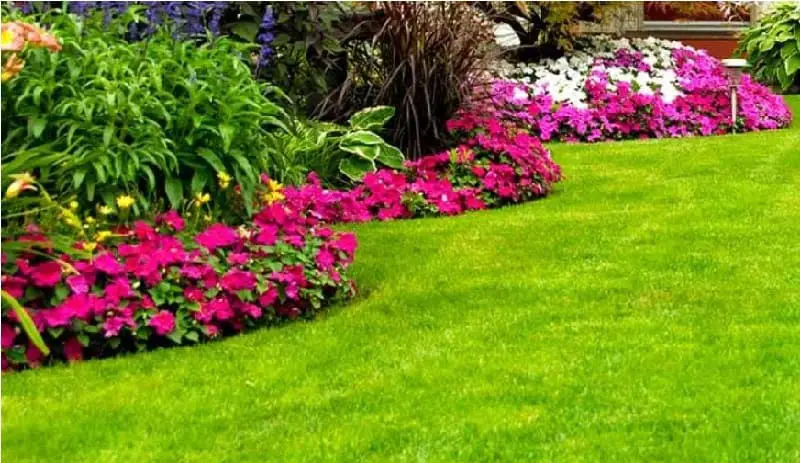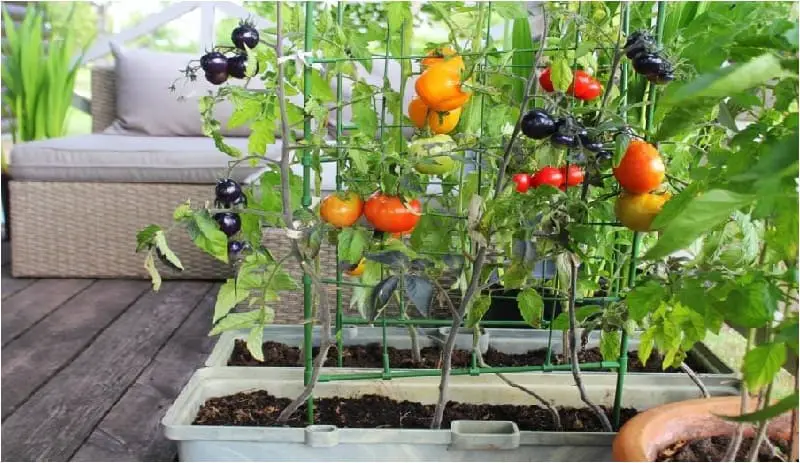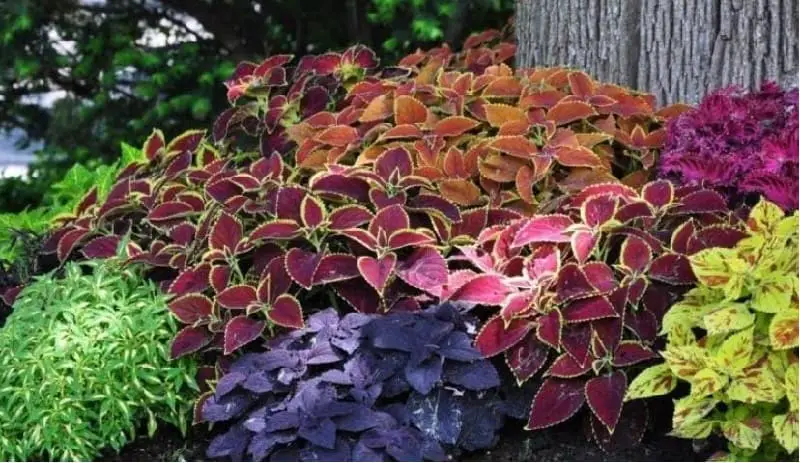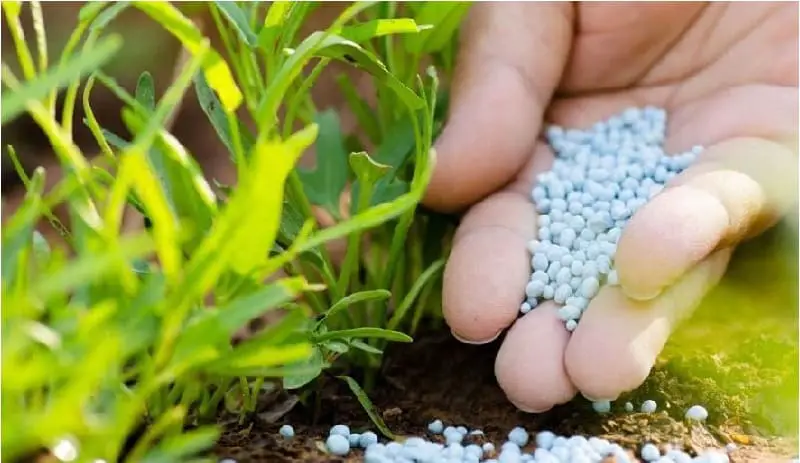Gardening can be a wonderful way to enjoy the outdoors and get some exercise. Whether you want to grow vegetables, fruits, herbs, or flowers, there are essential tips for getting started on the right foot. Gardening can be a fun and rewarding hobby, but if you don’t know what you’re doing, it can be a bit intimidating. Don’t worry: with a little knowledge and some helpful tips, you’ll soon be ready to start.
In this article you will find some precise ideas and essential tips to get you started in gardening as a beginner.

Here are some essential tips for getting started in gardening as a beginner. From choosing the right soil to learning how to water your plants, these tips will help you get started on the right foot. So grab your gardening gloves and get ready to start your journey as a gardener.
Why should you start growing a garden?
Gardening is one of the most rewarding hobbies out there. Not only will you have fun, but you’ll also be able to keep a lot of fresh products. Gardening is a great way to get in touch with your local environment and can be a great help to increase your daily intake of fresh products and vitamins.

If you live in an area with long, cold winters, growing a garden can be a way to extend the growing season and expand your supply of fresh products. Growing your own food can also be a good way to save money. Buying products can be expensive, but growing them can cost much less. In addition, it’s a great way to support local businesses and farmers, who can’t keep their prices as low as supermarkets because they don’t have to pay for things like electricity and heating.
Choose the right soil.
This may seem trivial, but it is actually very important as one of the essential tips for getting started in gardening as a beginner. Some plants, such as root vegetables, need a higher pH soil. Others, such as bulbs, need a lower pH. If you don’t pay attention to this detail, you can have very frustrated plants. When choosing soil for your plants, make sure it has the same pH level as what you want for them. If you are not sure how pH levels affect plants, there are charts on the Internet that can help you.
The most important thing is that the soil drains well. This will prevent diseases like root rot. Some good options for soil are wood, gravel, and concrete. Make sure the soil is large enough for all your plants. Garden soil expands over time and can reach several meters deep, so it’s important to give your plants space to grow.
Soil preparation.
The state of the soil will greatly influence the success of your garden. If the soil is not healthy, your plants will not be either. There are some things you can do to check the quality of your soil and start improving it. First, take a soil sample to your gardening store. They can analyze it and tell you what nutrients it is lacking. You can also add fertilizer to the soil. This will help add some nutrients, like iron, and improve the health of your soil. Another thing you can do is plant a cover crop. A cover crop is a plant that is planted just to be harvested. It will help add nutrients to the soil. It can also help prevent weeds from growing. One last thing you can do to improve your soil is to till it. Tilling is basically mixing the soil. You can use a shovel to do this. It may seem like a lot of work, but it is an important part of gardening.
Planning the garden.
Before you start planting, you need to make sure you have a plan. Otherwise, you’ll end up with a disorganized and senseless garden. It is important to pay attention to details, such as the amount of sunlight each place receives per day or where water flows in the garden.
If you have a large garden, divide it into sections. It’s better to have several small gardens than one huge one that becomes overwhelming. Small gardens are also easier to maintain. Small gardens are also easier to water. Make sure you leave enough space between the plants for them to grow. It is important to leave enough space so that nothing gets crowded.
Choosing the right plants.
When choosing the plants you want to plant in your garden, it is important to choose varieties that adapt to your growing conditions. Some plants, like lettuce, can be planted indoors and transplanted outside when the weather is warm enough. Others, like peppers, can be directly seeded outside. Before going out to buy plants, check the weather forecast for your area.
You don’t want to plant something that won’t survive the cold. If you live in a cold climate, there are certain plants that you can plant in the fall to extend the growing season. Some plants, like spinach, can be planted in the fall and transplanted indoors when it gets cold. Others, like broccoli, can be directly seeded in the fall. Research them before buying to ensure they grow in your conditions.

Understanding water needs.
Each plant has different water needs. Some, like cacti, require very little water, while others, like tomatoes, require a lot. Before starting to grow, inform yourself about the plants you want to grow and their water needs. This will prevent you from over watering or under watering them.
If you live in a place where it rains constantly, you won’t have to water the plants as frequently. If you live in a very dry place, you may need to water them daily. Knowing your water needs will help you know how often you should water your plants. To water the plants, you can use a watering can or a hose. When you water your plants, make sure to water the roots. Don’t just water the leaves.
Fertilizing the plants.
You can fertilize your plants if they need a boost, but never overfeed them. There are several ways to fertilize plants. One is to buy a pre-mixed fertilizer. This fertilizer contains all the nutrients your plants need. Another way is to buy a fertilizer with a high nitrogen content. Mix it with water and pour it around the plants.

Some plants, like tomatoes, are fertilized with a mixture of both. Be careful not to over-fertilize your plants. This will do more harm than good and your plants may not grow correctly. Too much fertilizer can also be harmful to people and animals that eat your products.
An important recommendation that you should take into account is that you should check the fertilizer manufacturer’s instructions before using it.
Combatting pests.
Pests are part of gardening and, in a way, they are useful and it is important to mention this topic within the essential tips to get you started in gardening as a beginner. They eat the harmful pests, such as aphids, which can destroy your plants, but they do not eat the plants themselves. If you notice pests on your plants, try to find out what they are and how best to get rid of them. You can ask your garden store for advice and ask what works best for a certain type of pest.
If you have a serious pest problem in your garden, you may need to use pesticides. But it’s best to use them as a last resort, because they can be harmful to both people and the environment. There are some things you can do to prevent pests from entering your garden in the first place, such as covering the plants with nets or spraying them with a pesticide.
Harvesting tips.
It’s important to harvest the plants at the right time. If you harvest too early, the products won’t be very good, and if you wait too long, they might rot. Tomatoes are a good example. They must be harvested before they turn red, but not too long before they rot. There are several ways to know when to harvest plants. You can do a visual inspection and look for certain signs on your plants. You can also use a fruit and vegetable ripening chart to know when to harvest your products. Make sure to clean your gardening tools well before harvesting. You don’t want to transfer dirt or pests to your plants.
Tools and supplies for beginners.
There are a few things you will need to get started in gardening. First, you will need some gardening tools, which you can find at gardening stores or online. You will also need a place to grow your plants. You can start with pots or with a raised bed. Raised beds are great because you don’t have to worry about them drying out like pots do.

